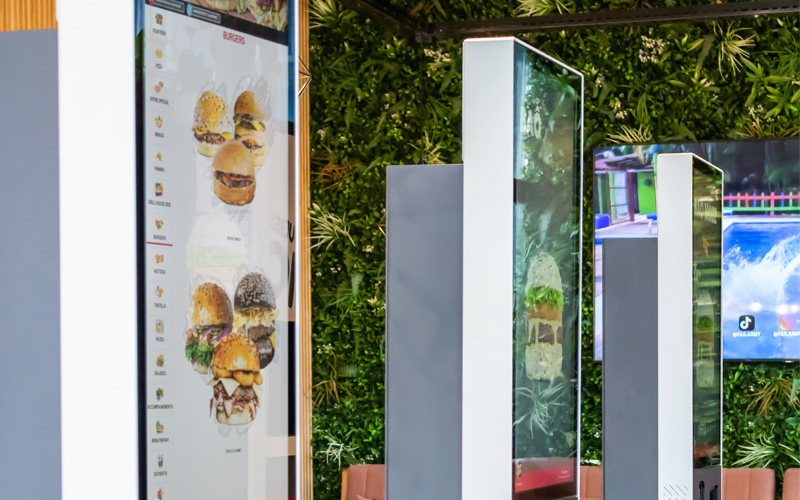Customer experience or CX is, they say, the new brand. Whereas once upon a time consumers were happy to buy into all the messages brand strategists wove into their marketing campaigns to position a company as the best thing going, things have got a lot more complicated in the digital age.
Sure, in the past, if one customer had a bad experience that didn’t live up to the shiny brand image conveyed in a big-budget advertising campaign, you’d lose that customer. But what business can keep everyone happy?
But nowadays, in the age of online reviews and social media, that one bad experience can have a much broader impact on the In-Store CX. Suddenly, all the dissatisfied customer’s friends and followers have heard about the poor service they received and how badly let down they feel. That scathing review they leave is there for everyone to read in all perpetuity.
One bad In-Store CX doesn’t just lead to one lost customer anymore. Negative experiences shared online become a barrier to acquiring customers, as well as keeping them.
Besides, customers are very clear that they value a positive In-Store CX over and above all other considerations, including price and product.
You can use all the marketing tricks in the book to try to create the right image. But for the modern consumer, the proof is in the quality of the service they receive, how easy it is to find what they are looking for, how convenient and frictionless the journey from browsing to purchase is and so on. That’s what they remember, and that’s what keeps them coming back for a good In-Store CX.
So, is branding in its traditional sense dead? In a word, no. It’s just that brand can no longer be viewed as the end goal it once was by several generations of marketers. Brand still has a big role to play, but as part of the overall customer experience.
Branding as experience
Let’s take an obvious example. Imagine two stores. One of them is completely ‘brand-less’, stripped of all signage and visual adornments, just products on plain shelves against a background of plain walls.
The other is a store where the rich use of imagery, colour, text and logos stamps a clear sense of brand identity the moment you walk through the door. Everything from the layout to the signage to the colour scheme has clearly been carefully chosen to achieve specific effects, and create a memorable visual impression of the business.
Which store delivers the better customer experience?
The truth is that brand isn’t just the company logo or the sum of its marketing campaigns. It’s everything that creates an impression in the minds of customers, everything that differentiates your business from the competition.
Ironically, the rise of digital commerce has probably made in-person branding of stores more important than ever. On an ecommerce site, there is no separation of visual branding and sales and service functions. They all exist as part of the same experiential package.
Online consumers are used to seeing rich content pop us as they browse a product, information or visuals or even video which straddles the boundaries between useful / helpful on one side and persuasive sales messages on the other.
This sets out the model for store owners to follow. In-store branding doesn’t just help to create atmosphere and add to the creation of a positive, memorable experience for customers. It can add something to the level of service provided and to the overall experience.
Taking the brand experience digital
Technology has a key role to play. With modern digital signage, retailers have the freedom to be flexible and dynamic with their in-person branding. Wall-mounted screens can be used to display inspirational and engaging photo galleries and video montages showing your brand in its very best light. Equally, they can be used to flash up price details or special offers, tease new ranges or promote in-store events.
Shelf-mounted screens can be used not only for pricing, but also for showing products not currently available on-shelf. From here, it is only a small step to using conveniently placed kiosks as digital browsing and ordering stations. Shelf space can be given over almost entirely to display purposes, rather than holding stock for customers to pick, allowing yet more freedom to create the desired aesthetic effect.
The possibilities for in-store digital branding will become even more exciting in the near future. Again, we know from consumer behaviours and preferences online how much they value and appreciate personalisation of the experience. We’re beginning to see technology make this possible with in-store branding and messaging, too.
Bluetooth beacons can already trigger content so it is displayed as and when a customer walks past a certain screen. In the not-too-distant future, we’ll be seeing this kind of technology linked to brand apps on people’s mobile phones. With instant access to their customer data, the content displayed as they browse in store can be personalised according to their preferences and history, whether it is product recommendations or targeted offers.
The key to all of this is giving consumers what they want – convenience, engagement, empowerment, a level of service that keeps them coming back for more. That’s the foundation of building a modern brand, and especially through the medium of digital technology, what used to be called ‘branding’ has a key role to play still.




